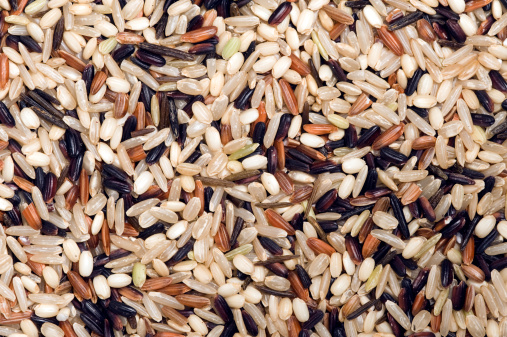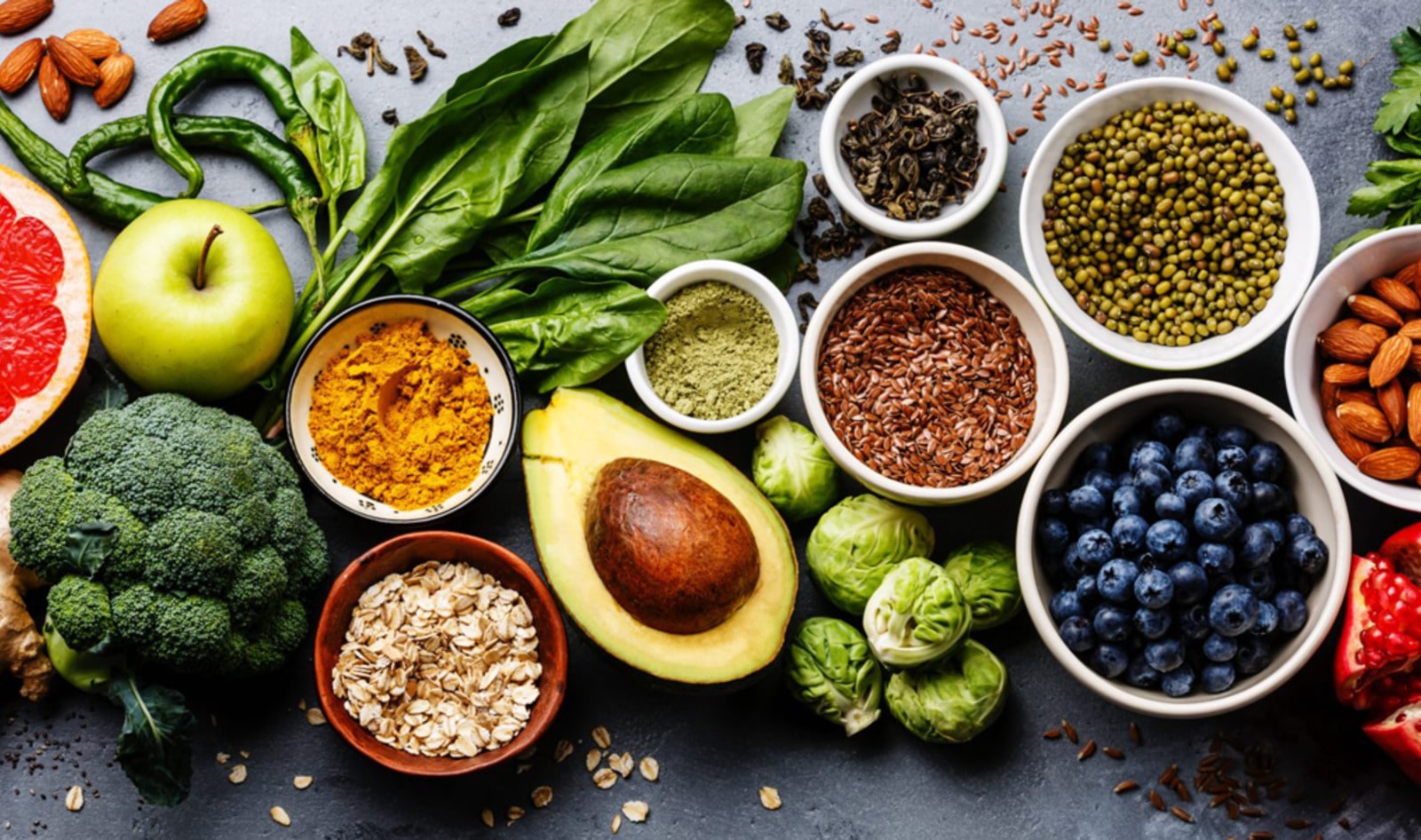All around the world, primary food, and a cheap energy source provide a wide range of nutrients. Choosing the correct type of rice for your cooking method is vital because the nutritional content will vary depending on the type of rice you choose. Suppose you’ve ever struggled with picking which rice to buy. We’ve simplified things for you with a simple rating system so you can make the most informed decisions about what you’re putting in your body.
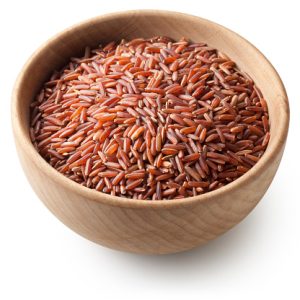
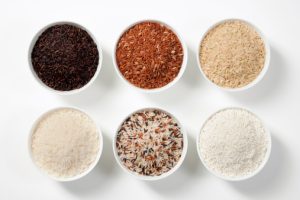
Benefits
- It is gluten-free and naturally anti-inflammatory, as well as diuretic and digestive.
- Digestive and diuretic qualities.
- It has the potential to lessen the risk of cancer.
- Constipation is prevented.
- You can use it on your skin
- The skin benefits from its use.
- Food’s high in protein.
- Rice That’s Good for You

Types of healthy rice
Short-grain rice
When cooked, short-grained rice is more likely to stick together. Whether you’re making rice pudding or sushi, you can use them. Indian and other Asian cuisines like longer-grained variants because they cook up light and fluffy. Cooked medium grain rice is known for its silky texture. The short-grain white rice Arborio, Bomba, and sushi rice are all used to prepare risotto. Additionally, you can buy traditional brown and white short-grain rice at the supermarket, which may be used in stir-fries or prepared and served as a nutritious side dish. Rice pudding can also be made rice with short grains.
Arborio rice
This rice with a short grain from northern Italy has faster and plumper kernels than any other variety. Cooking transforms the grains into a creamy center with a delicate texture. Because part of the starch in the rice is liberated during the cooking process, Arborio is often the rice of choice for risotto.
Bomba rice
Outside creating Paella, there are several uses for Bomba Rice, such as producing Risotto or Spanish Rice or Arroz a Banda. The Spanish rice variety known as Bomba is the most elusive. Bomba Rice is just a unique White Rice exclusively available at specialty stores.
Sushi rice
Sushi rice is a good source of carbs and is fat-free. Iodine is abundant in nori, the seaweed wrapper. Omega-3 fats and selenium are plentiful in the primary ingredient, seafood. It contains a variety of minerals and vitamins from various species of fish.
Long grain rice
Long grain rice roasts fluffy and separates easily, making it ideal for use in dishes like casseroles, salads, and amongst other things. Using brown rice in salads such as this Papaya Chicken Rice Mix with leafy greens gives a whole grain element to the dish. There are numerous varieties of long-grain rice on the market.
Basmati rice
The aromatic long-grained rice known as basmati has long been cultivated in India, Nepal, and Pakistan. You should always check the nutritional labels to ensure that your basmati rice is high in fiber and low in the glycemic index. Brown basmati rice provides more fiber than white basmati rice and around 20% more than some other brown rice varieties. High-fiber diets can reduce the incidence of colorectal cancer, one of the most frequent diseases in the United States.
Jasmine rice
It is a long-grain kind of fragrant rice recognized as Jasmine rice. Aroma chemicals, the most prominent of which is 2-acetyl-1-pyrroline, are naturally produced by rice plants, giving off a perfume similar to pandan and popcorn. Phytonutrients abound in the red, purple, and indigo jasmine rice kinds. A healthy immune system and entire well-being can be achieved by taking in phytonutrients. In fiber content, brown jasmine rice is superior to white jasmine rice. Fiber and minerals are intact because brown rice is just less processed. It’s important to have a diet high in fibre to keep your digestive system in good working order.
Mogra rice
The mogra variety is indigenous to India. Mogra rice and micro Mogra rice are two of the most common types. The best rice for pulao is Basmati Mogra Rice, which is non-sticky, pearly, and lustrous. As you could have surmised, the term “little one” refers to broken or subpar rice.
Carolina gold rice
Carolina Gold can yield fluffy, individual granules, creamy risotto, or spongy Asian-style rice, dependent on how it is cooked. It’s a bland, non-aromatic rice kind. He is known as Anson Milling. To achieve a flavor and texture that rivals that of freshly pounded rice, Carolina Gold rice is grown from a fresh crop and applied in a manner that mimics the process of making rice from scratch. They’re also good for you: These, which are low in fat and gluten-free, are a good source of fiber, as well as vitamins C, iron, and potassium. As a result of retaining the germs and interior bran layer, Carolina Gold has a buttery flavor.
Brown Rice
The heart, bones, and brain all benefit from the presence of this mineral. Cooking times, on the other hand, vary with species. Each species provides similar health advantages. Besides tasting better, brown rice is also more filling and accessible to digest than white rice. Compared to white rice, brown rice has four times the magnesium concentration.
The Forbidden Black Rice
It does not need to look any further than Indonesian black rice and Thai jasmine black rice for a bowl of rice that has a rich, dark purple color. The term “forbidden rice” is widely used to refer to this rice species because of its historical relationship with the ancient Chinese monarchy. Black rice, according to studies, has the highest level of antioxidant activity of any rice species, making it a nutritious option.
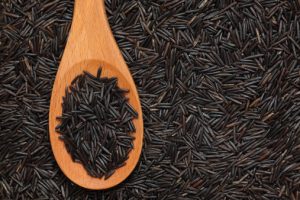
Red Rice
Colorful red rice varieties like Himalaya red rice and Thai red cargo rice are loaded with minerals and phytonutrients. More protein and fiber, but the antioxidants are the true star here. According to a Journal of Nutrition study, red rice is more resistant to free radicals than brown rice. Polyphenolic inhibitors, including eugenol, quercetin, and black rice abundant. Several studies link reduced inflammation, free radicals, and polyphenols to a lower risk of chronic illnesses.
Wild Rice
Wild rice is a nutritional food because of its low caloric level and high nutritional content. Minerals abound, and plant protein makes up a sizable portion of the diet. As a result of the higher concentrations of vitamins, wild rice is a healthier option. It has a high concentration of nutrients. Wild rice is a good source of fiber, as it has three grammes per cooked cup, Heart-friendly, A good source of antioxidants, Pesky poisons may be lurking in there, Heavy metals may be present at large concentrations.
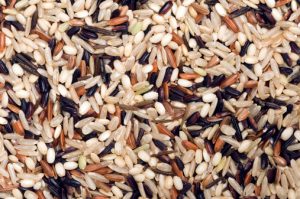
.


